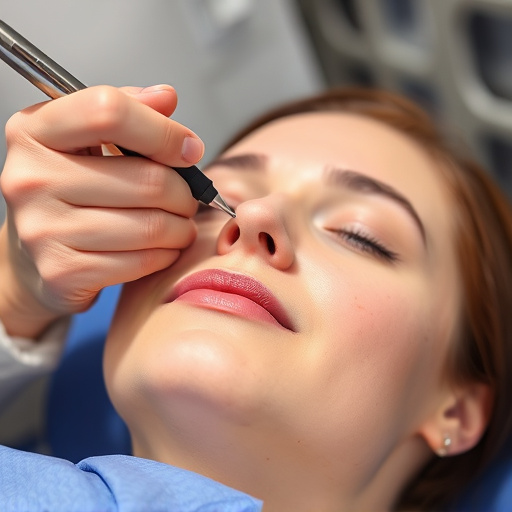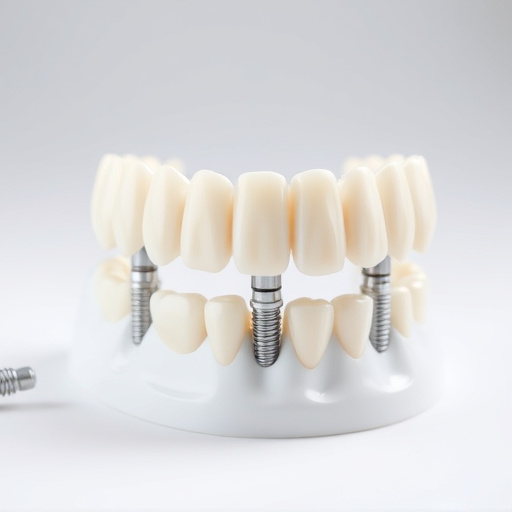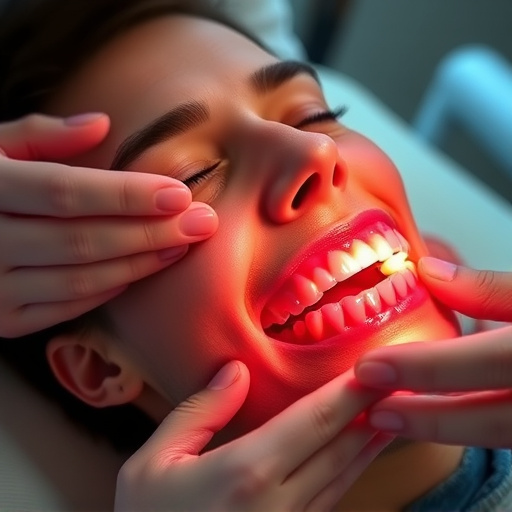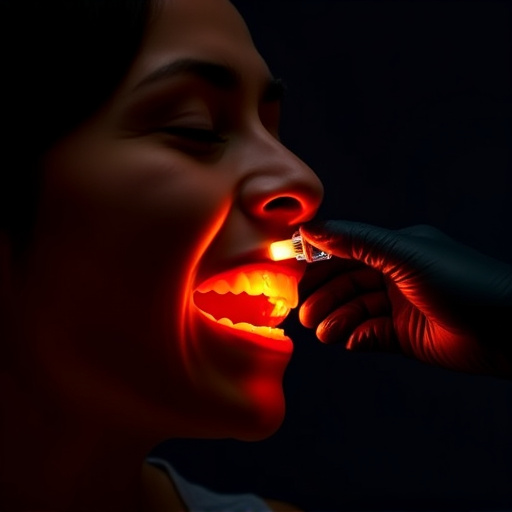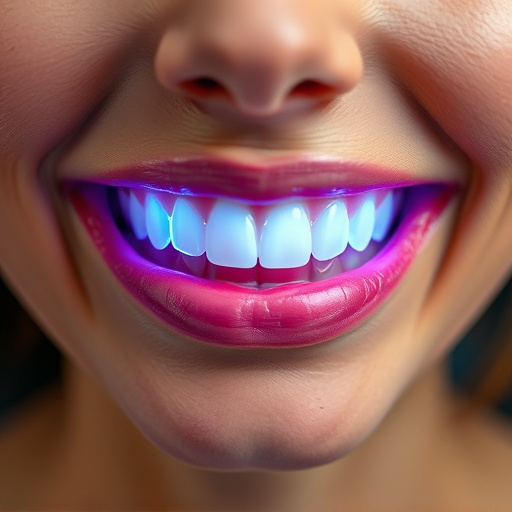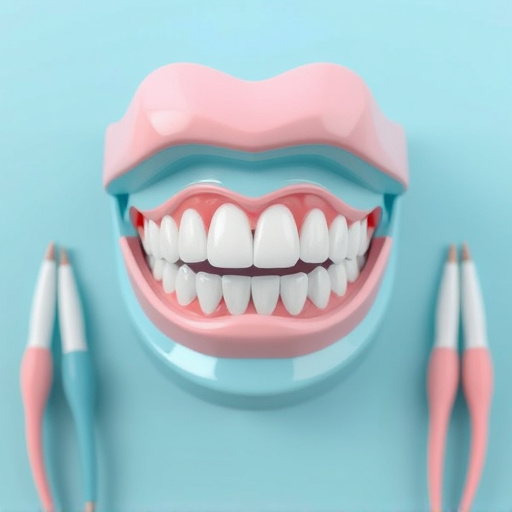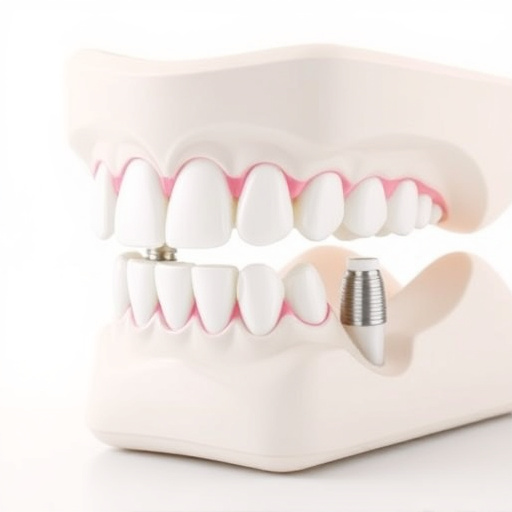Oral cancer often goes unnoticed until advanced stages, with subtle symptoms like mouth lesions or swollen lymph nodes. Key risk factors include smoking, alcohol, sunlight exposure, weakened immunity, and family history. Early detection through regular oral cancer screenings by dentists is crucial for improved survival rates. Integrating screening into routine dental check-ups, using advanced technologies, and collaborating with medical professionals can enable prompt intervention via less invasive treatments like targeted excision or wisdom tooth removal.
Oral cancer screening is a vital component of modern dental and medical care, playing a pivotal role in early detection and improved patient outcomes. This article delves into the significance of oral cancer screening, highlighting its ability to save lives by identifying potential risks and symptoms early on. We explore how integrating this practice into routine dental check-ups enhances overall healthcare, fostering better collaboration between dental and medical professionals.
- Understanding Oral Cancer: Symptoms and Risks
- The Role of Screening: Early Detection Saves Lives
- Integrating Oral Cancer Screening into Dental and Medical Practices
Understanding Oral Cancer: Symptoms and Risks
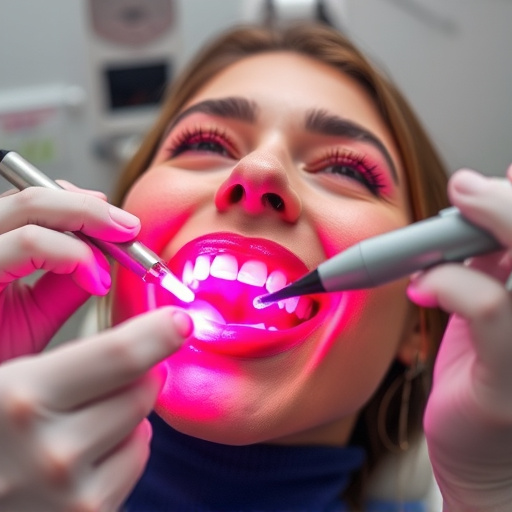
Oral cancer, a silent yet deadly threat, often goes unnoticed until it reaches advanced stages. Understanding its subtle symptoms and risk factors is paramount in early detection, which can significantly improve survival rates. The disease may present as unusual lesions or moles inside the mouth, on the lips, or even in the throat. These could be red or white patches, ulcerated areas, or swollen lymph nodes. While anyone can develop oral cancer, certain risks are elevated, including persistent smoking or tobacco use, excessive alcohol consumption, and a history of sunlight exposure. Additionally, people with weakened immune systems or a family history of cancer are more susceptible.
Regular oral cancer screenings by general dentistry professionals play a vital role in catching these changes early. During these check-ups, dentists employ various techniques, such as visual examinations and specialized tools, to identify potential risks. Early detection allows for less invasive treatment options, including simple procedures like tooth extractions or excising the affected tissue, which can significantly impact overall medical care and quality of life.
The Role of Screening: Early Detection Saves Lives
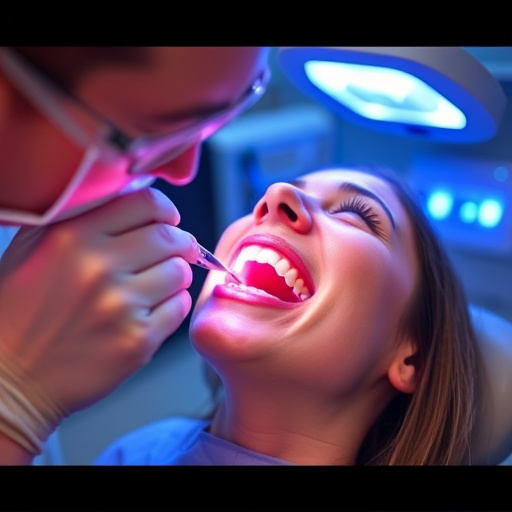
The role of regular oral cancer screening is paramount in modern dental care. It serves as a powerful tool for early detection, which is pivotal in saving lives. Oral cancer screening isn’t just about checking for visible signs; it involves utilizing advanced technologies and techniques to identify potential risks at their inception. Dentists use specialized equipment and their expertise to detect subtle changes in oral tissues that might indicate the presence of cancerous cells. This proactive approach is especially significant given that oral cancer, unlike many others, often presents with minimal symptoms in its early stages.
Early detection through oral cancer screening enables prompt intervention and treatment, significantly improving patient outcomes. It allows for less invasive procedures, such as targeted excision or wisdom tooth removal, rather than extensive surgeries later. In the context of general dentistry and family dentistry practices, incorporating oral cancer screening into routine check-ups can make a profound difference in the overall health of patients. This simple yet effective step ensures that any potential issues are addressed before they become life-threatening.
Integrating Oral Cancer Screening into Dental and Medical Practices
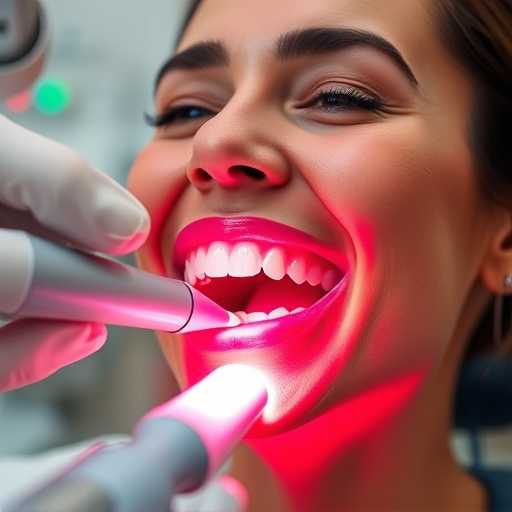
Integrating oral cancer screening into dental and medical practices has become an indispensable step in maintaining comprehensive patient care. This essential procedure goes beyond routine checkups, aiming to detect any signs or symptoms of oral cancer at its earliest stages. By incorporating advanced screening technologies and techniques, such as visual examinations, specialized tools, and even innovative solutions like clear aligners with integrated sensors, dental professionals can play a pivotal role in early detection.
The synergy between dental and medical practices is crucial here. As many risk factors for oral cancer overlap with other systemic health issues, a collaborative approach ensures no stone is left unturned. This integration facilitates a holistic understanding of patients’ health profiles, enabling dentists to refer cases to medical specialists when necessary. Consequently, it enhances the overall quality of care, leading to better outcomes and improved patient satisfaction through proactive health management.
Oral cancer screening is a vital tool in modern dental and medical care. By integrating this practice into routine check-ups, healthcare professionals can significantly improve patient outcomes. Early detection through screenings allows for more effective treatment plans, potentially saving lives. It’s a simple yet powerful step that ensures folks receive comprehensive care, ultimately enhancing overall health and well-being.
